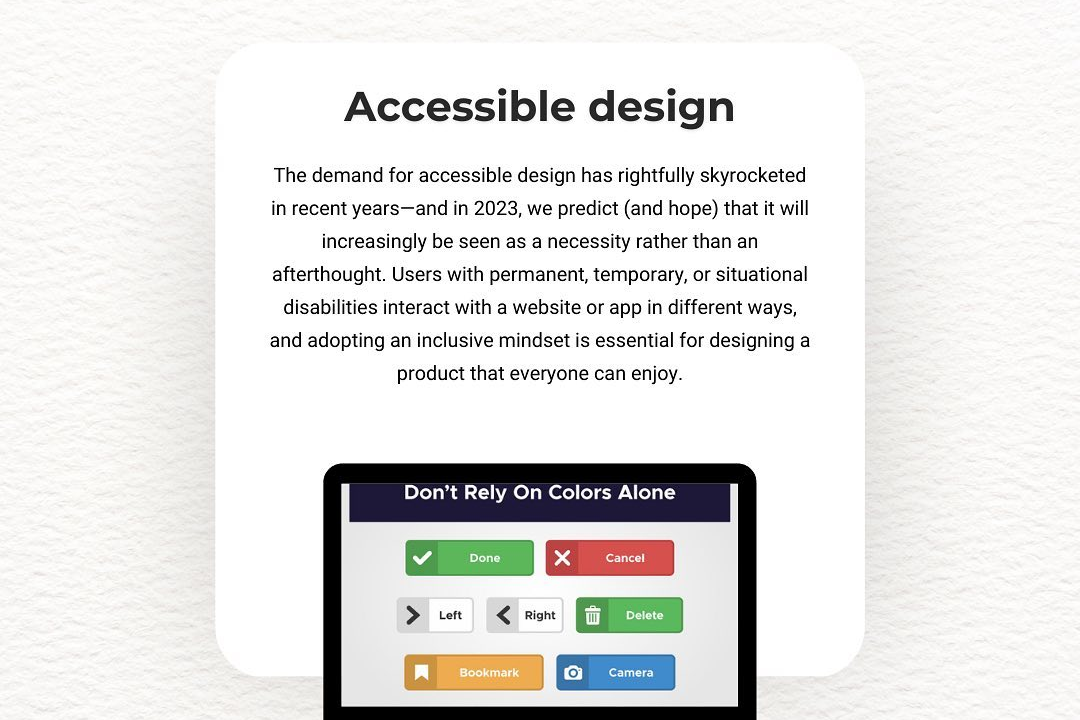Flutter App Feature Planning
Strategic Planning for Flutter App Features
Flutter App Feature Planning
Flutter app feature planning involves a structured approach to defining and prioritizing the functionalities and characteristics that will enhance the user experience and meet the project’s objectives. Initially, stakeholders gather to outline the app's purpose, target audience, and business goals, followed by brainstorming sessions to identify key features that align with these objectives. Utilizing tools like user stories, wireframes, and prototypes can help visualize the user interface and interactions. Each feature is then assessed based on factors such as complexity, implementation time, and impact on user satisfaction, enabling teams to prioritize development through an agile framework. Continuous iteration and user feedback are crucial during this phase, ensuring that the app remains aligned with user needs and market trends while also considering the integration of Flutter's rich UI capabilities and cross-platform advantages.
To Download Our Brochure: https://www.justacademy.co/download-brochure-for-free
Message us for more information: +91 9987184296
1 - Identify Target Audience: Understand who your users are and their needs. This will help tailor the app features to meet their specific requirements.
2) Define Core Functionality: Determine the main purpose of the app. What problems will it solve for users? Keep the feature set aligned with this core purpose.
3) Create User Stories: Write user stories to encapsulate user needs. For example, “As a student, I want to track my progress so that I can see my improvements over time.”
4) Prioritize Features: Categorize features into must have, nice to have, and future considerations. Focus on implementing essential features first, iterating later.
5) Develop Wireframes: Create wireframes or mockups that outline the layout of each screen and how users will interact with the app. This visual representation aids in understanding user flow.
6) Utilize Flutter Widgets: Familiarize with Flutter’s rich set of pre built widgets. Choose appropriate widgets that can enhance the user experience while keeping the app performant.
7) Incorporate User Feedback: Plan for initial user testing sessions to gather feedback on features. This can guide adjustments before full implementation.
8) Ensure Cross Platform Compatibility: Since Flutter supports both iOS and Android, plan for features that work seamlessly across platforms, maintaining design and functionality.
9) Focus on Performance Optimization: Identify features that may impact app performance. Plan for best practices in coding and structuring the app to keep it lightweight and efficient.
10) Implement Offline Functionality: Consider features that allow users to access content even without an internet connection, enhancing usability.
11) Integrate Third Party APIs: Plan for essential third party service integrations (like payment systems or user authentication) that enrich the app’s functionality.
12) Design for Accessibility: Keep accessibility in mind, ensuring that features support usability for all students, including those with disabilities.
13) Establish a Feedback Mechanism: Incorporate a way for users to provide ongoing feedback on features and issues, facilitating continuous improvement.
14) Prepare for Analytics: Plan features for tracking user engagement and app usage statistics, which will provide insights into feature effectiveness and user preferences.
15) Document Feature Development: Develop comprehensive documentation for each feature, including user guides and technical specifications, aiding both users and future developers.
16) Plan for Future Updates: Create a roadmap for future updates and feature enhancements. This ensures that the app keeps evolving based on user needs and technological advances.
17) Assign Roles and Responsibilities: In group projects, outline who will be responsible for which features to streamline development and ensure accountability.
Each of these points helps in thoroughly planning the features of a Flutter app, ensuring that it meets user needs and remains maintainable and scalable.
Browse our course links : https://www.justacademy.co/all-courses
To Join our FREE DEMO Session: Click Here
Contact Us for more info:
Top 10 Software Training Institutes In India
Java Rpc Frameworks
Mobile App Development manipur
Localization
iOS Programming for Designers











